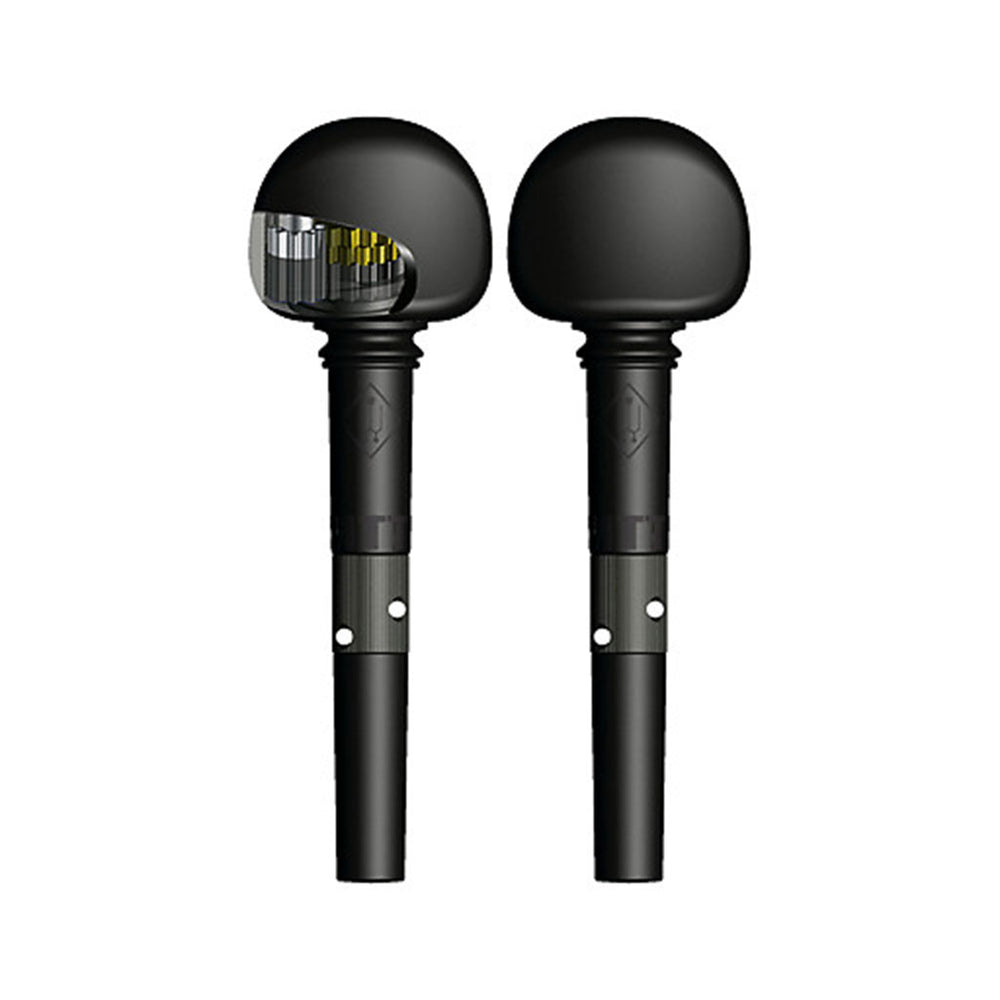


Solid construction and tuning is superior to wood pegs. The wittners have a slight mechanical feel and you can feel gears clicking.ĥ. You can even push and pull the mechanism to control their action. I don't use a fine tuner on either violin.Ĥ. The wittners are so accurate (higher turn ratio). Both are leaps and bounds better than friction pegs. Hands down the Knilling look like traditional pegs. I found the Knilling were easier to install.Ģ. The perfections have a small thread in the shaft that does not need glue if you do it right. Since it's held in by friction if it's off the peg slips. But there is little room for error in how much or little you ream. The wittner come in smaller shaft sizes so you might need to ream less. I have a set of each on a violin right now.ġ. For the maximum resonance of any stringed instrument, the lightness of the tailpiece and its flexibility to vibrate is paramount, that’s why I use the Wittner tailpiece on all my cellos.I wanted to share my experience with anyone thinking about trying out these geared pegs. They are beautiful, sensual to the touch and turn marvellously.Īs a complement to the Wittner fine-tuning pegs, I recommend the Wittner tailpiece above all others. I wish that these pegs were around when I was young.”

WITTNER FINETUNE PEGS REVIEW PROFESSIONAL
I estimate that for a student with pegs fitted not as perfectly as on top professional instruments, the Wittner fine-tuning pegs can save ten minutes in tuning time at the beginning of a half hour lesson. Thereby, the scroll is aged as little as it would be with no playing at all. The fact is nothing is moving up in the scroll against wood. Some professionals with very expensive instruments are changing to these pegs to preserve the original scroll and the holes. These pegs turn exactly the same in humid and dry climates. Nowadays, the audience expects a performance to be uninterrupted by incessant tuning. The Wittner gear pegs are a must have for any student or professional string player. I am a huge fan and am spreading the word about this wonderful product wherever I go just because I like them so much. It is so delightfully easy to tune my violin onstage before performing a major concerto with orchestra.

This has solved my problems with pegs sticking and slipping which plagued me! I also feel that your pegs are saving my arm from strain and the onset of physical problems caused by wrestling with sticking or slipping pegs. Robert Cauer of Los Angeles, a longtime caretaker of my instruments, has installed them so far on my three violins – the 1720 Stradivarius, the Pressenda and the violin which I practice on during vacation in extreme humidity in places like the Caribbean and dry climates such as the mountains of Colorado. I am delighted by the opportunity to express to you and your company (Wittner) how incredibly pleased I am with your product. The pegs turn easily with very little effort, and won’t become stiff over time, which is of great benefit to players suffering from arthritis or repetitive strain injury.Very little peg and peghole maintenance required: the shaft of the peg does not spin in the peghole like a standard peg, which leads to erosion of the peg box wall.Strings will also be much more resistant to losing pitch after knocks to the case, or during changes in climate and humidity Self-inhibiting mechanism inside the pegs greatly reduces the rate at which a string will lose tension.Made of composite material and light alloy: choosing Wittner pegs over wooden pegs assists in the conservation of natural resources.Effortless, precise and rapid tuning: a transmission ratio of 8.5 – 1 compared to ordinary pegs, eliminating the need for fine tuners.Wittner Finetune-Pegs function like guitar pegs, and have the appearance of standard wooden pegs.


 0 kommentar(er)
0 kommentar(er)
